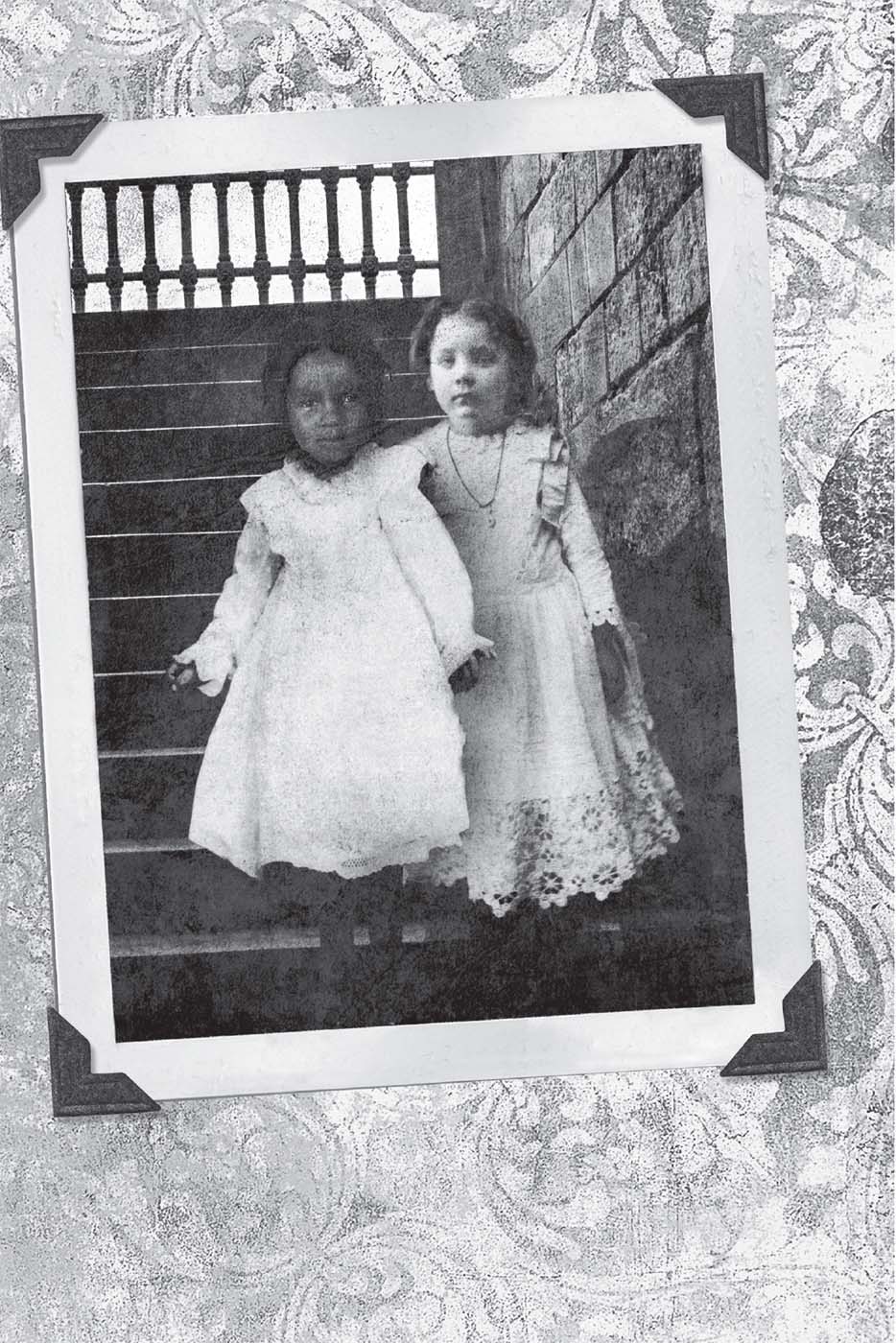EPILOGUE
GRETCHEN AND HOPE HELD THE OVERSIZE SCISSORS between them and smiled for the camera. Then they leaned in together and cut the ribbon that hung in front of the door of the Green Moore Museum for the Living.
Hope, who was now studying history at Columbia University like her mother did, had driven Gretchen, Hawk, and Simon from New York to Mayville the night before for the ceremony. Hawk had to leave the city directly after his concert, and was still dressed for it. People from Shadow Grove were lined up to enter the museum, as were several school groups, their yellow buses parked in the lot across the field.

Cameras flashed and reporters moved forward to ask their questions.
“Gretchen,” a woman with perfect teeth and shoulder-length blond hair said, “have you retained any part of the Axton fortune?”
“No,” Gretchen said. “None. The house was ruined beyond repair. I made a decision to have it demolished, and used the remaining inheritance for this project, instead of keeping up an old country house where no one lived.”
“You said in an interview on Good Morning America that the museum preserves a quintessential American story; how so?”
“The photographs and journals and letters kept in this archive hold my family accountable for an atrocity,” she said, “and I’m seeing to it that we pay. And to make sure the town can’t forget. But others in my family were also the victims of atrocity,” she said, gesturing to Hope and Hawk. “The three of us were related to Fidelia Moore and Valerie Green, whose lives were cut short because of hatred. They were murdered in the Calvary Church Fire along with their daughters and friends.”
“But the photographs of the victims in this museum celebrate their lives, not their deaths,” Hawk said. “There are dozens of pictures of people happy and getting along. Like Celia Axton and Rebecca Green, who were our ancestors. They were best friends, little girls when they died. Living in a world where people hated women and African Americans. There are pictures of them, and pictures of the first integrated congregation, having picnics, swimming in the creek.”
“The only ugly pictures or documents you will see,” Gretchen said, “are those from the White Christian Patriots, the Klan, and from Axton Cotton. You can see the faces of the men who decided to do these things, and who carried them out. We’ve identified nearly all of them and listed their names.”
A man wearing a blue blazer elbowed his way to the front of the crowd.
“What do you think your mothers would have said if they were here today?” he asked.
Gretchen and Hope exchanged a look.
“They’d say the world belongs to the living,” Hope said. “Let’s try to do a better job this time around.”